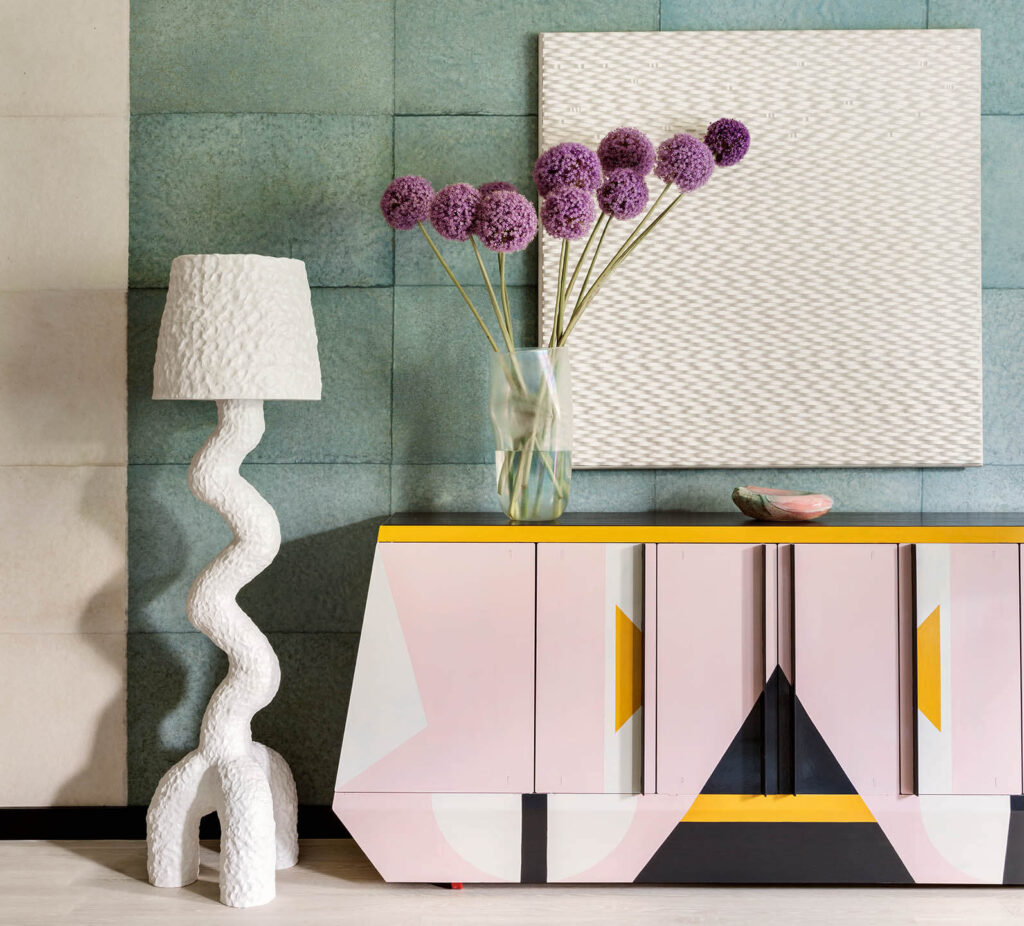
Each generation since our early ancestors, has added a new feature to the space we call home; from heat to sustainable energy sources, each of these additions have led modern households to the design standards we currently hold. Across various societies, the set of overarching desires revolve around technological integration, sustainability, and a holistic approach to well-being. We can trace this widespread aspiration for smart technology, for example, to the desire for convenience and connectivity facilitating streamlined and automated living. At the same time, the increasing awareness of environmental concerns propels our collective emphasis on efficient and sustainable living practices.
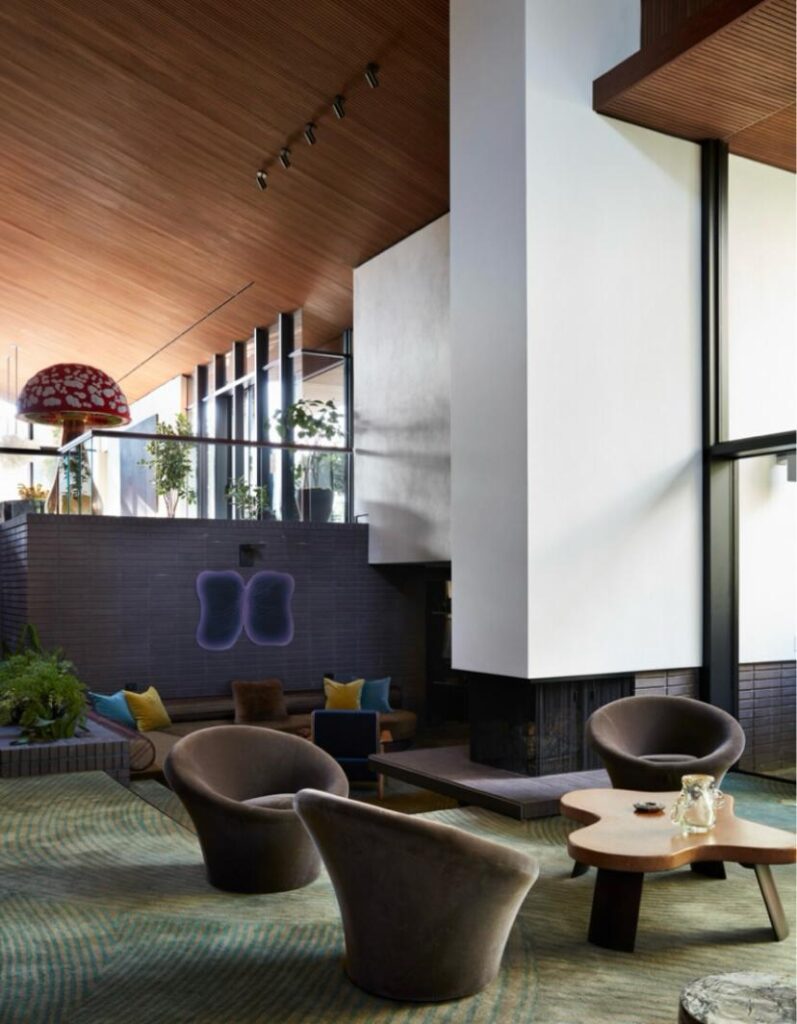
Concurrently, the surge in remote work has led individuals and families to prioritize flexible and smartly designed home office spaces, reflecting our evolving lifestyle. This pursuit for mental, emotional, and physical wellness manifests in various other forms such as home gyms and holistic design choices. Next to this, multipurpose living spaces and furniture underscore a commitment to optimizing space utilization in the midst of rapidly growing cities. Ultimately, these shared aspirations reflect a shift towards a more interconnected, sustainable, and technologically advanced lifestyle that we address today, through the lens of interior design.
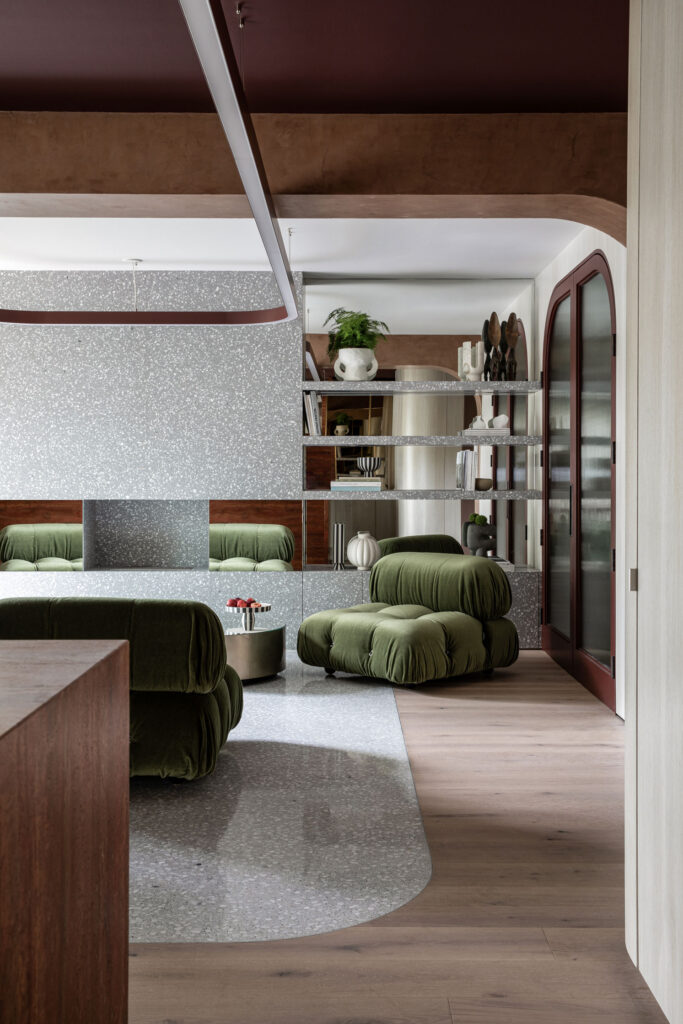
The role of interior design in our modern living experience
Each of the common desires we have mentioned are best addressed through the expertise of interior design, encompassing a wide range of elements that cater to both individual and collective preferences which can be accommodated by the methods we provide below.
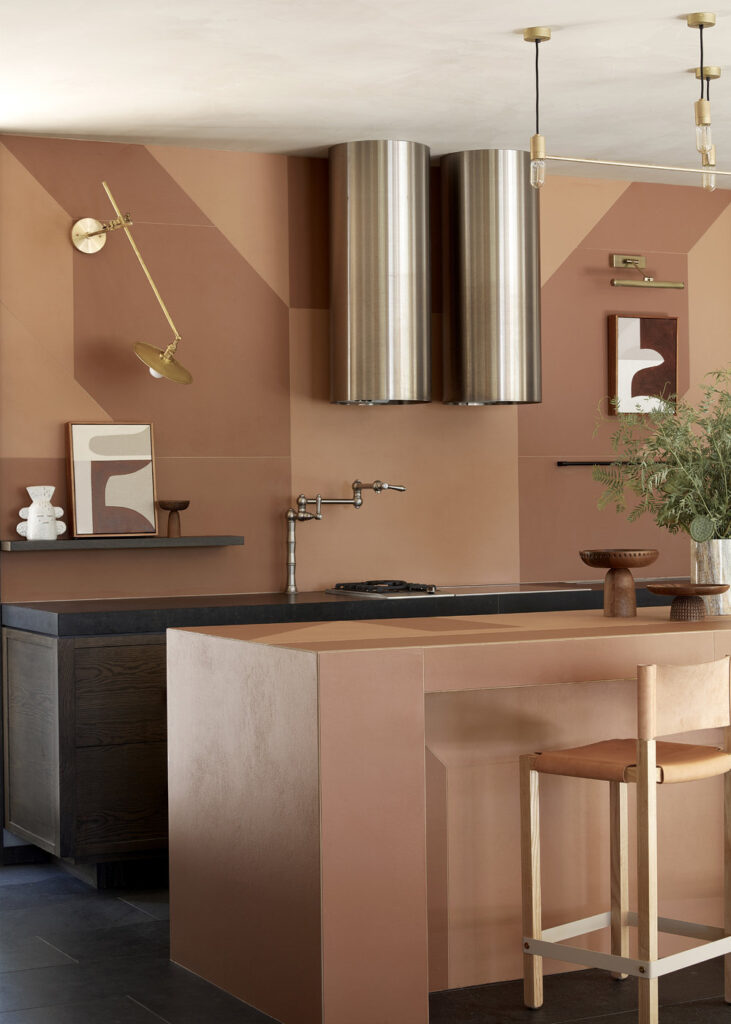
Home automation
Starting with the accelerated growth of technology and its increasing role in our everyday lives, interior design can conveniently help us take the next step towards home automation and digital entertainment in a smooth and aesthetic manner. Designers can seamlessly incorporate emerging smart technologies into interiors, concealing wiring, integrating adjustable lighting, and designing spaces that accommodate such devices in a way that does not clash with your space’s aesthetic. Such methods make use of minimal and unobtrusive fixtures, the strategic placement of outlets, and the use of customizable, sleek control interfaces that seamlessly blend functionality and style. Additionally, in this instance, the selection of furniture that accommodates technology, including hidden charging stations or built-in speakers, ensures that this mix is both practical and visually pleasing.
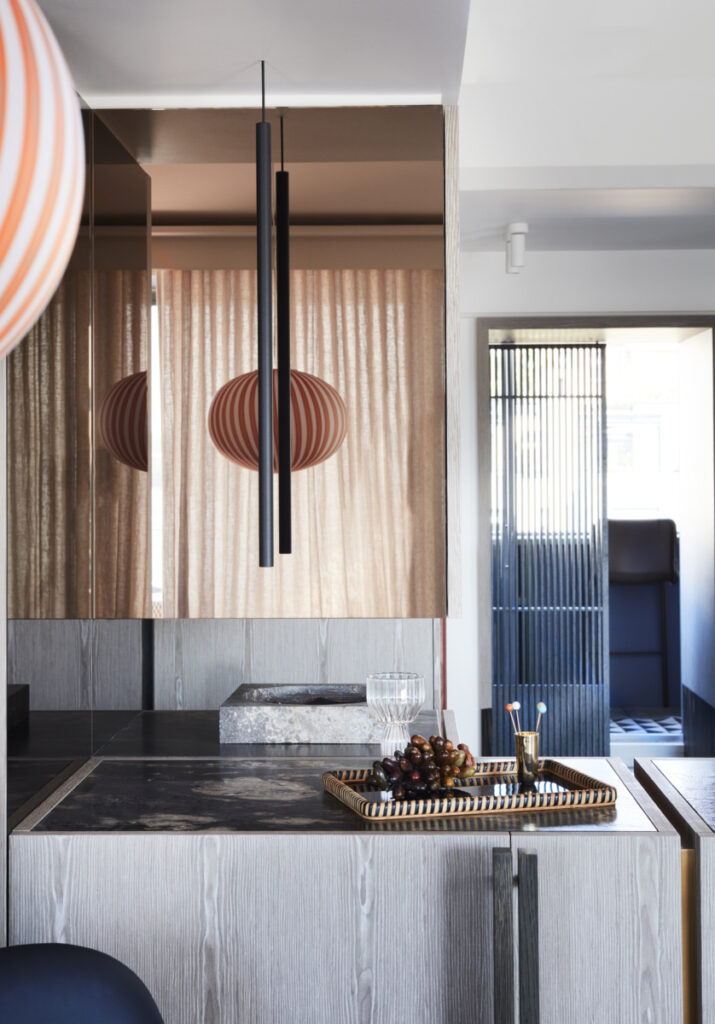
Achieving our sustainability goals
Smart and innovative design can also prioritize sustainability by opting for energy-efficient materials and thoughtful layouts that enhance natural lighting and ventilation. The selection of adequate appliances for such interiors must consider the ethical sourcing of furniture’s materials and their lifespan in order to ensure that each piece we display at home will reduce our ecological footprint and stay with us for a long time before we decide to dispose of them through ethical means. Many contemporary and leading interior designers are already prioritizing eco-friendly materials and recycled furnishings paired with energy-efficient lighting and a decor style that encourages a “less is more” mentality to minimize waste. Some of these designers leading the change towards more conscious definitions of aesthetics include Kelly Wearstler with her bold and unique aesthetic, Ilse Crawford’s human-centric approaches to design, and the architect and designer, Vincent Van Duysen who inspires us with timeless, minimalist projects.
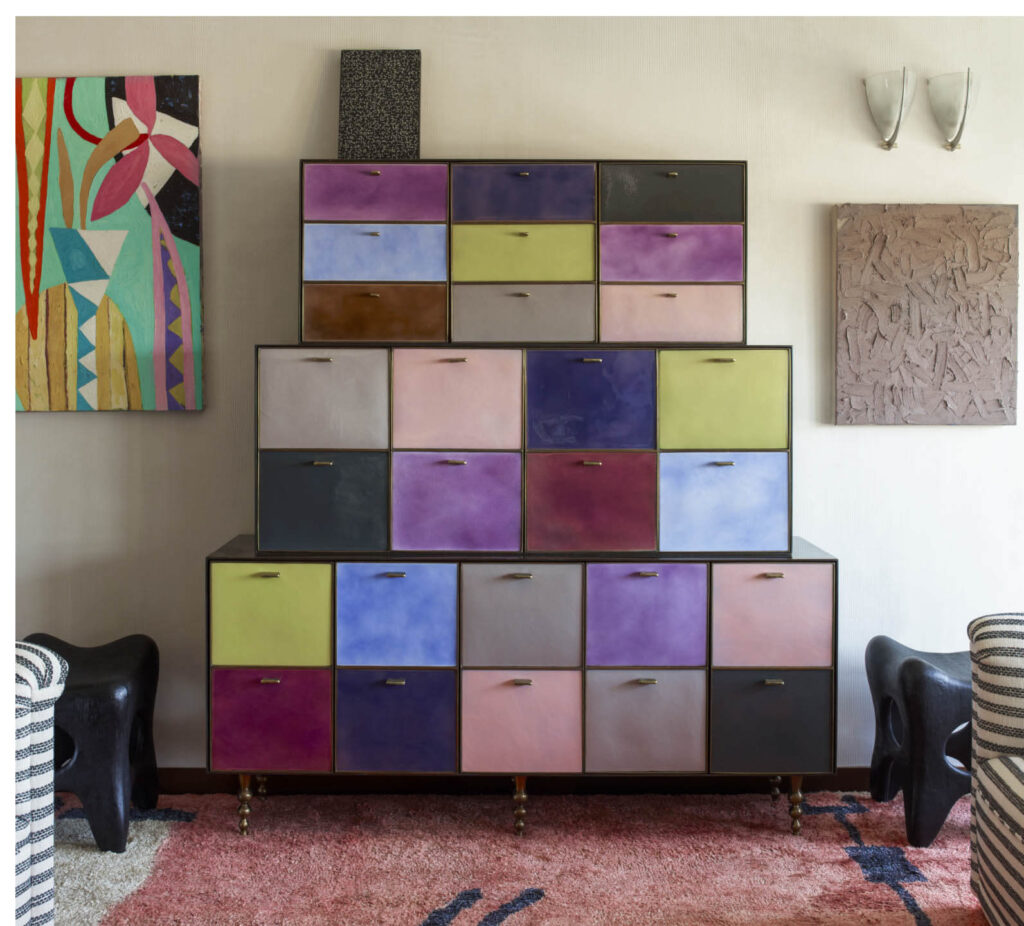
A flexible and efficient take on space
More and more interior designers are turning their attention to the benefits and potential of creating dedicated home office spaces that meet people’s changing lifestyles, varying habits, and more human-focused approaches. Among the list of aspects to consider, the role of aesthetics and personalization is also highlighted in par with practicality and efficiency. We can see this in the strategic placement of furniture, the incorporation of ergonomic designs that enhance posture and comfort, and the use of soundproof materials which ensure a conductive and focused working experience from home. Even in cases where the available area is limited, such as within small apartments, small unit homes, or capsule interiors; interior design provides a solution to tailor our space to specific activities through flexible layouts and multipurpose furniture. We can maximize space utilization through creative room divisions such as curtains, a sectional sofa, or open shelving units in combination with nesting tables, modular seating arrangements, and convertible furniture that caters to our various needs throughout the day.
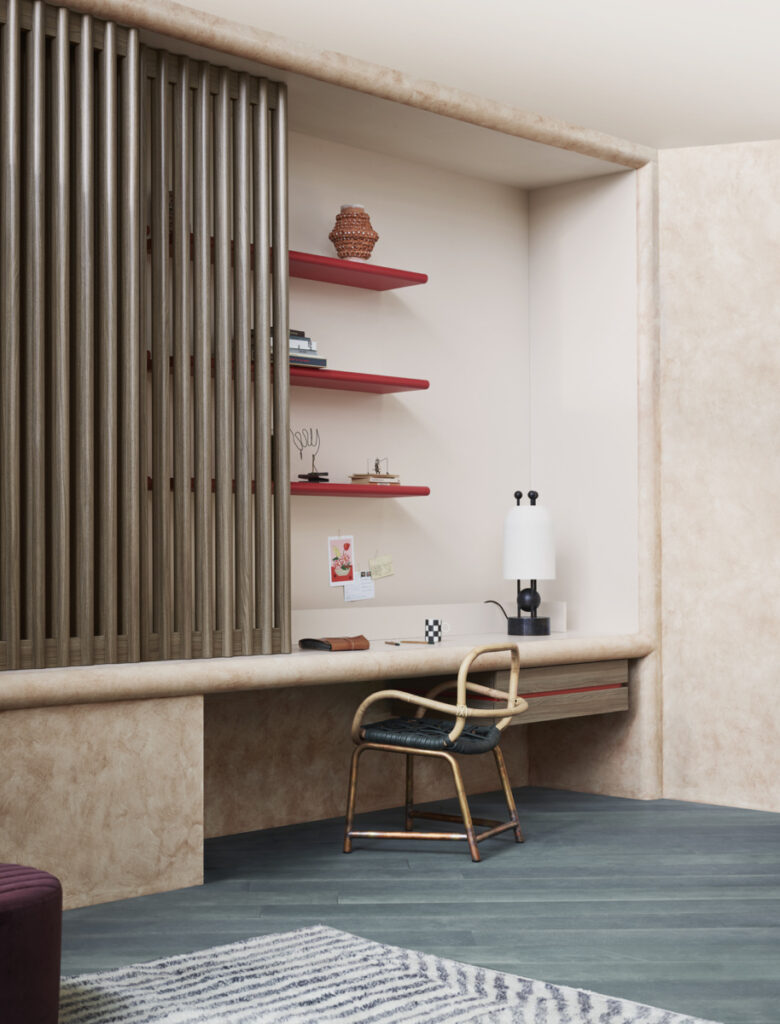
A human-centered approach
Perhaps, at the very core of our home standards we are redirected back to ourselves; our interiors become the reflection of the importance we are placing on health and wellness through designs that contribute to a holistic approach within our private spaces. One encounters this in the move towards the use of calming color palettes of creamy white, neutral tones, and pastels, the selection of natural materials for our furnishings, and layouts that encourage physical activity. Likewise, in consideration of our social nature, interior design also caters to our community sense of belonging by allowing us to create communal spaces with open living areas, shared gardens, and a thoughtful seating arrangement that fosters a sense of connection. It is with such personalized approaches of customized furniture, flexible layouts, and personal touches that our spaces can address our need for personal well-being and belonging.
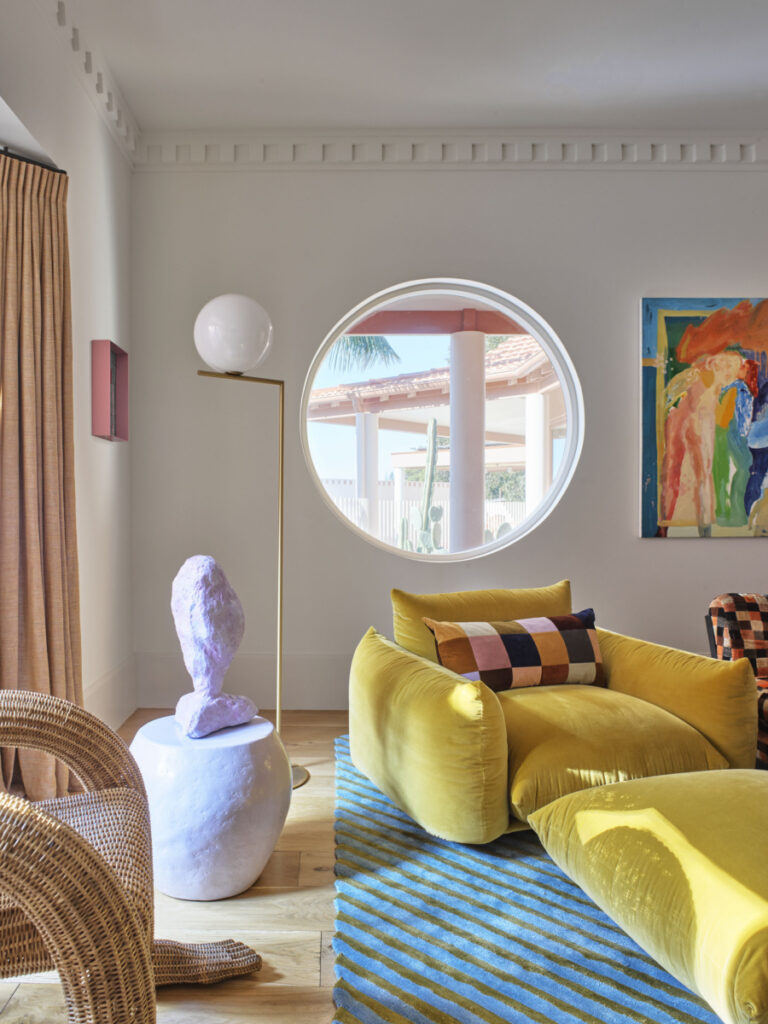
The evolving role of interior design
In an era marked by rapid technological advancements, evolving social preferences, and a growing awareness of environmental concerns, interior design gives us the tools to maintain our interiors up-to-date with our diverse and dynamic needs. As our lifestyles and priorities continue to change, our spaces must take into consideration our present and future requirements; whether these are sustainable practices, flexible layouts, or a holistic approach to wellbeing. By embracing interiors that not only cater to our current desires but anticipate the evolving demands of the future, we can contribute to a forward-thinking environment and sensitive interiors that prioritize effectiveness in the long run.
